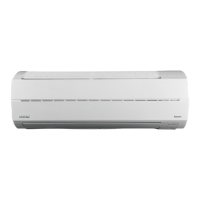
Do you have a question about the Toyotomi KTN/KTG-09IV and is the answer not in the manual?
| Type | Split System |
|---|---|
| Cooling Area | Up to 25 m² |
| Power Supply | 220-240V, 50Hz |
| Refrigerant | R410A |
| Weight (Outdoor Unit) | 26 kg |
| Cooling Power | 9000 BTU/h |
| Noise Level (Outdoor) | 52 dB |
Lists the model names for the Wall Mounted Room Air Conditioners.
Provides essential warnings for safe operation and handling of the air conditioner.
Details precautions regarding power supply, wiring, and grounding to prevent hazards.
Emphasizes the importance of proper grounding and electrical connections for safety.
Outlines precautions for safe operation, including ventilation and placement of flammable materials.
Advises on handling and replacing the power cord to prevent hazards.
Warns against inserting hands or objects into air inlets/outlets and avoiding direct exposure to cold air.
Guides on avoiding misuse, like drying clothes, and preventing water splashes on the unit.
Explains how the air conditioner cools the room and the anti-ice function.
Details the heating process and the auto-defrost function.
Describes how to prevent cold air drafts during heating mode.
Explains residual airflow after operation or shutdown.
Provides the specified operating temperature ranges for cooling and heating modes.
Identifies and explains the parts of the indoor unit and their functions.
Identifies and explains the parts of the outdoor unit.
Explains the primary functions of the remote control buttons like ON/OFF, MODE, TEMP, FAN.
Describes buttons for specific features like HEALTH/SAVE, X-FAN, TIMER, LIGHT.
Details the MODE selection and the meaning of various display indicators.
Explains swing functions and display indications like SET TIME and SAVE mode.
Describes how to adjust the fan speed for optimal comfort.
Provides detailed explanations for ON/OFF, MODE, TEMP, and FAN buttons.
Explains how to control the horizontal airflow direction using the remote.
Details the HEALTH/SAVE and X-FAN functions for air purification and drying.
Explains temperature display options and how to set the timer for auto-start/stop.
Describes the SLEEP mode for comfort and LIGHT function for remote display.
Explains how to lock/unlock the remote and convert between Celsius and Fahrenheit.
Explains how to use the manual switch on the indoor unit when the remote is lost or faulty.
Advises on safety measures before cleaning, like unplugging the unit and avoiding water.
Instructions for cleaning the front panel of the indoor unit.
Details the process for cleaning the air filters every three months.
Lists checks to perform before using the air conditioner.
Steps for maintenance after using the air conditioner, including cleaning.
Addresses common problems like unit not operating, odors, and water flow.
Solutions for insufficient cooling or heating and mist formation.
Lists possible causes and solutions when the air conditioner does not function.
Troubleshooting for insufficient performance or remote control response issues.
Solutions for water leakage from indoor/outdoor units and unusual noises.
Addresses problems related to no airflow or moisture in the airflow.
Explains defrosting indications and lists critical errors requiring immediate service.
General safety warnings and requirements for installing the unit by authorized technicians.
Guidelines for choosing suitable locations for indoor and outdoor units.
Specifies power supply, wiring, and circuit breaker requirements for safe installation.
Details the necessity and correct methods for grounding the unit.
Illustrates the required clearances around the indoor unit for installation.
Shows the necessary clearances around the outdoor unit for proper installation.
Instructions for securely installing the mounting bracket for the indoor unit.
Guidance on creating pipe openings and protecting the pipes and wiring.
Steps for connecting and installing the drain hose for condensate removal.
Details how to connect the electrical wiring between the indoor and outdoor units.
Instructions on routing the refrigerant pipes from the indoor unit.
Guidance on connecting the refrigerant pipes to the unit, including torque specifications.
How to connect the power and communication cables to the outdoor unit.
Procedure for evacuating the system and checking for refrigerant leaks.
How to install the drain connection for condensate from the outdoor unit.
Verifying the unit is securely mounted and checking for leaks.
Steps to check the unit's operation after installation, including mode selection.
Instructions for installing the hygienic filters into the air filters.
Guide on how to clean and maintain the hygienic filters.
Specifies standard and minimum lengths for refrigerant piping.
Table detailing maximum allowed lengths for refrigerant pipes based on unit capacity.
Method for calculating and adding refrigerant oil and refrigerant based on pipe length.
Provides contact details for the importer, service center, and international distributor.
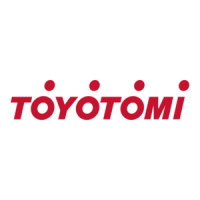
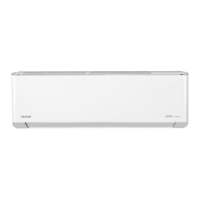
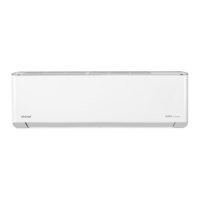
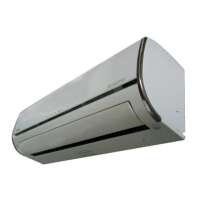

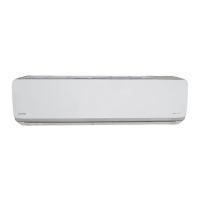

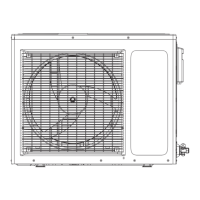
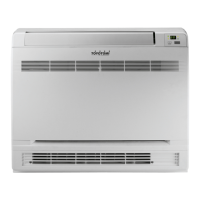
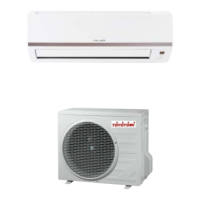
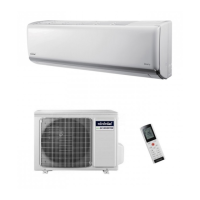
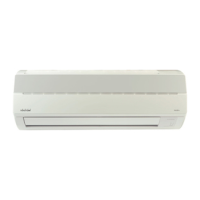
